Best Swimwear Fabric
Whether its summer or winter, the debate for the best swimwear fabric has always been a hot topic. No matter is it a clothing brand or its customer, all of us wants are sleek,

So whether you are a brand or a consumer who is looking out for the best clothing line, both of groups rethinks couple of times when it comes to choosing the right fabrics. Customer search for the clothing line that is trending and looks good over their body.
The best-dedicated swimwear clothing is the line that is primarily made for swimming. There are a couple of options for you for the best swimming fabric, actually too many options that you might get confused between what option you should pick and wear out. To make it easy, here is the short and simple answer: The best and most durable fabric for manufacturing a swimwear clothing line is polyester/ Elastase Blend. But this doesn't mean these are the only suitable swimsuit materials or fabrics. We have a couple more options like Lycra, spandex and more, discussed below in the blog.
Most beach lovers, of casual or professional swimmers, prefer to wear swimwear fabric as they are durable and comfortable when you are in the water. However, out of all the fabric types, you might be confused about the best fabric that makes the best swimsuit fabrics. Here in this blog, we discuss the features and pain points of all the different materials like polyester, silk and more, so you can discover new fabric options for your swimwear line.
Also read: How to Start a Swimwear Fabric Line?
What fabric is used for Swimsuit manufacturing & what fabric is best for you?
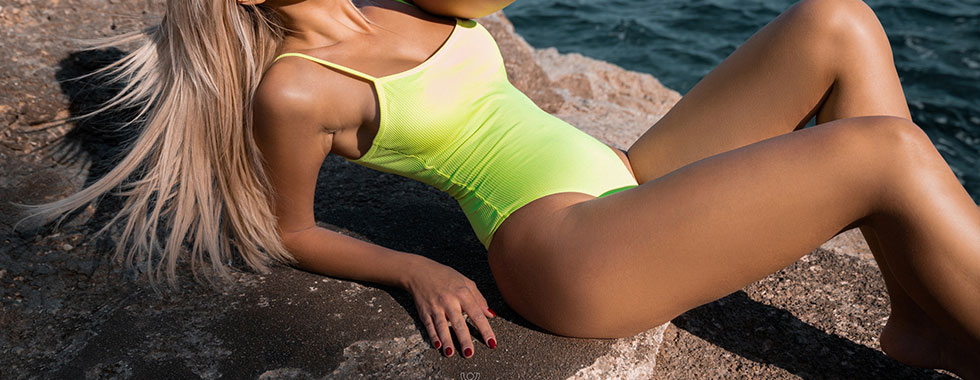
Well, here, the answer depends on what type of clothing line you are selling in your consumer market. What is your client base asking for, and what are your searching criteria? For example, suppose you are searching for the best bathing suit material. In that case, the best option is polyester swimwear fabrics combined with Lycra or spandex, as they offer the best comfort and durability.
When it's about the bikini line manufacturing, you can easily trust on any material from the polyester blends, nylon blends, and nylon spandex. To make the whole idea of best swimwear clothing line clear for you, we have discussed all types of fabric in detail, along with its features and drawbacks so that you can make a well informed decision. Moreover, this discussion will open your mid about different clothing line ideas and will help you choose the appropriate material for your clothing brand.
The nylon blends, nylon spandex, polyester blends are top of the line options when you are looking for a fabric to create a swimwear clothing line. In this blog, we are mentioning different types of fabrics with its pros and cons so that you can choose the best fabric as per your project ideas.
-
Best Swimwear Fabric
Let's dive into the pool of fabrics and find out the best material for swimwear:
- The major players in the market
Here are the two primary materials that are considered the best and most proactive fabric for the swimwear line.
- The Nylon Blends
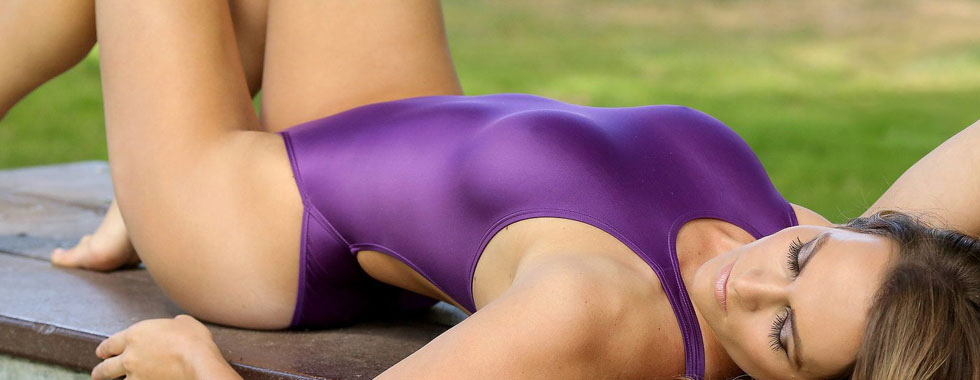
Nylon fabrics are considered one of the best for manufacturing a clothing line as they are lightweight, durable, and comfortable. The nylon blends provide a stretchable structure to the swimwear to absorb moisture and also provide the flexibility of quick drying. In addition, the nylon blend material can quickly adopt the shape of your body, making it a pretty good option for those looking fit to wear clothing lines.
For example, Steve Apparel offers a low MOQ of 150 pieces for each design so that brands and startups can manufacture a different number of designs with the lowest minimum quantity, no hassles of inventory management, etc.
The Nylon blends are also popular with other names like Polyamide.
Features of Nylon blends material
- Very soft in feel
- Very stretchable
- Efficient at quick-drying
- Printable: No
- Can resist the UV rays
- It provides a good durability
- Easily repels water
- Easy for hand wash cleaning
Pros
- Provide good breathability
- Soft
- Comfortable
- Durable
- Dust resistant
- Hypo allergic
Cons
- Easily catch wrinkles
- Weak against light exposure.
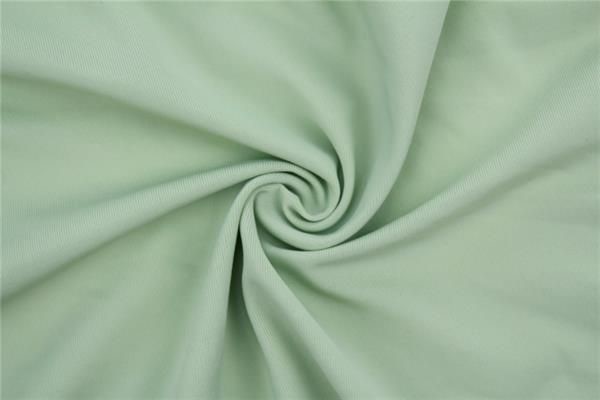
- The Polyester blends
Polyester blends are another popular competitive swimwear option. The Polyester blend offers a pretty good array of features like top-class durability with the quick drying feature. In addition, these are manufactured using the natural stretching material that provides them with expanding and stretching capabilities.
The polyester blends are a good option that goes hand in hand with other fabric materials like spandex or Lycra materials. With its comprehensive range of blending options, the polyester blends provide you with whatever look you want. In addition, the polyester blends let you easily escape the catching of little balls of fuzz that are common in swimwear clothing lines.
Moreover, with the polyester blends, you can custom print any custom design or dyeing colour over your clothing line. Furthermore, you get a premium look with durable and comfortable features.
Features of polyester blends
- Very soft in feel
- Good stretchable
- Efficient at quick-drying
- Easy to print or dye any design
- Printable: No
- Can resist the UV rays
- It provides a good durability
- Easily repels water
- Easy for hand wash cleaning
Pros
- Strong
- Durable
- Flexible
- Resists against the shrinking and wrinkling
- Inexpensive option
- Quick to dry
Cons
- Not much breathable
- Sensitive to temperature

- Natural fabrics
Natural fabrics are another options that are considered a good option after the nylon and polyester materials. The fabric like cotton and wool are precious within the world of fashion to manufacture and constructing clothing. Both of these fabrics is found under natural fibers and perform exceptionally well when constructing an apparel line that is made from these materials. One disadvantage of this fabric is once they get wet, these fabrics lose shape and become a bit heavier. Additionally, they are quite good at holding in water, and they have good moisture characteristics, which make the fabric less effective to wear if you're searching for clothing that will withstand the moisture and water.
As natural fabrics hold the water in them for longer times which makes this fabric less practical and heavy fabric to wear. So natural fabrics are a good option until you are just going to the beach and not going for a swim in the water.
Although we can make perfect blends of natural fabrics along the nylon and polyester blends ending up in custom apparel for your clothing line.
Features
- Comes from nature, such as cotton and wool material
- It has a lower density
- Thermal insulation
- Easy to handle
- Durable enough
- Tough material
Pros
- Offers good sustainability
- Not harming the environment
- Comfortable to wear
- Not allergic to human skin
Cons
- It gets heavy when it gets wet
- Shrinks
- Not so quick at drying
- Expensive material
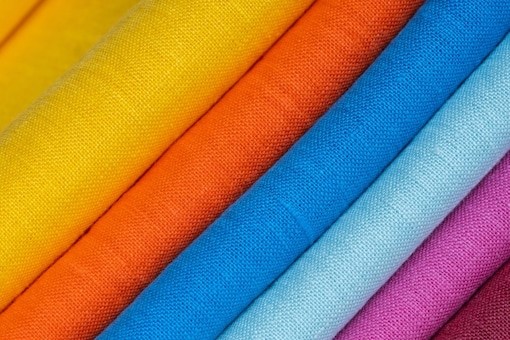
-
Design variations in the Swimwear Fabric
There are several fabric variations that come into count when we are talking about the swimsuit clothing line because there are several designs that are unique in their way. Moreover, the shift in consumer demands gets easily shifted from one variation to another. Although, as a swimwear manufacturer, we have been making all of these variations in our swimwear clothing lines, we have catered to more prominent brands in the clothing industry and a huge number of clothing brands that are now leading in their own respective niche that includes, T-shirts, jeans, jackets, shirts, pyjamas, and everything from top to bottoms.
Here are the top variations in the clothing industry that are trending now.
-
Neoprene
Neoprene is a popular texture many consumers like to have over their clothing line. It consists of synthetic rubber providing durable, solid and good stability under various temperatures.
The neoprene is also helpful for insulation purposes as insulation helps these textures the used in the manufacture of underwater and scuba diving suits. The fabric used in the manufacturing of neoprene is made up of thicker quality.
-
Velvet
The velvet texture is one of the popular variations in the surface that consumers are crazy for. The velvet structure helps manufacture bathroom robes, after-bath clothes and loungewear. Making several divisions, the velvet textures are cut into several pieces and then evenly distributed among different styles and fabrics.
The velvet-textured designed clothes result in making high-class luxury swimwear clothing.
-
Ribbed
The ribbed texture is helpful in the making of knitted fabrics. The ridges are created in these textures using the knit and purl stitching method. Although the ribbed structure is commonly used along with the nylon material, it provides a compact, sturdy, and less stretchy structure.
Moreover, you can also have multiple styles with it, as it provides different compositions and looks.
-
Other types of variations
These are just the common ones, and other types of fabrics are perfectly fit for making a custom swimwear line, such as mesh texture, cotton textures or corduroy blends. One thing that you need to remember when working with cotton blends is that you need to be well aware of the durability factors of the cotton material. Cotton is a soft material against a healthy environment like salt, sea, chlorine, etc.
And That's a wrap to the best swimwear fabrics. The two best swimwear clothing materials are polyester blends and nylon blends.
The Sustainable Swimwear Fabrics
For years, we have experienced a rising trend in the use of sustainable fashion fabrics. But, do you know the fashion industry is the only industry that causes the most population all around the globe as most people use their clothes for a particular period and then throw it away. And because more than $140 million worth of clothes is landfilled annually
Due to these particular reasons, we are seeing consumers picking up sustainable swimwear fabrics more and more. So if you are also starting a brand, then we advise you to keep a keen eye on sustainable fabrics and ethnic swimwear fabric production.
Here are some of the best sustainable swimwear fabrics trending in the market.
-
The natural fibres
When we are talking about natural fibres in terms of best sustainability, Hemp fabric is our best option. What makes hemp the best choice is that it is an environment-friendly fabric material.
-
Hemp
Hemp is a plant that produces around 250% more fabrics and uses ¼ of water to grow. The main point of considering using it for manufacturing swimwear fabrics is that it provides excellent resistance to UV rays. Moreover, the hemp material fabric is naturally pest resistant, so you can be pretty comfortable and sure that you aren't going to get any toxins or harmful materials.
The clothing by-products produced by hemp are known not to shed any type of microplastic. So we can expect this high quality and efficient clothing element to be expensive in particular countries. Moreover, it's a bit difficult to source, but as your manufacturer, we can source any fabric for your clothing line and cater perfectly to your brand lines' needs.
The hemp fabric is a good option that you can use with the intention of a swimwear clothing line, as they are a bit better option to consider in terms of comfortable and smoothness factor. In addition, the classic lines produced from hemp are considered a good fit and are less likely to go out of demand.
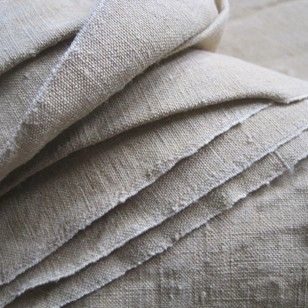
-
The Recycled polyester
Recycled falls into the same category as these and is also environmentally friendly. However, with chemicals, fossil fuel, and a massive amount of water, polyester production is dangerous and toxic to our health.
In order to tackle to situation, the industry is highly dependent over the recycled fabric polyester which reduces the risk and prevent against the risk mentioned above. Moreover, the recycled fabric promotes that sustainable clothing and reduces the environmental pollution.
You don't need to worry about the recycled polyester's sustainability, durability, or strength, as these are seriously efficient in all of the above. This makes your options a bit clearer, even when you are choosing recycled polyester one of the best options to manufacture the sustainable swimwear clothing line.
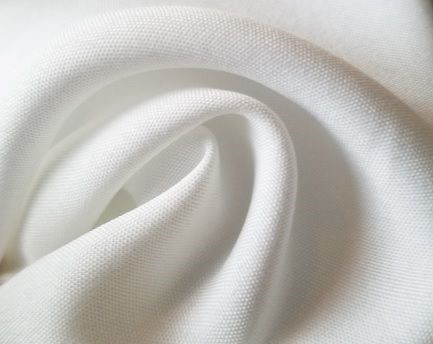
So if you want a sustainable brand line without spending too much from your wallet, then the recycled polyester is an excellent option to consider that can help you create a brand with a vast difference in quality from your competition.
Factors That You Should Look for When Buying Swimwear Fabric
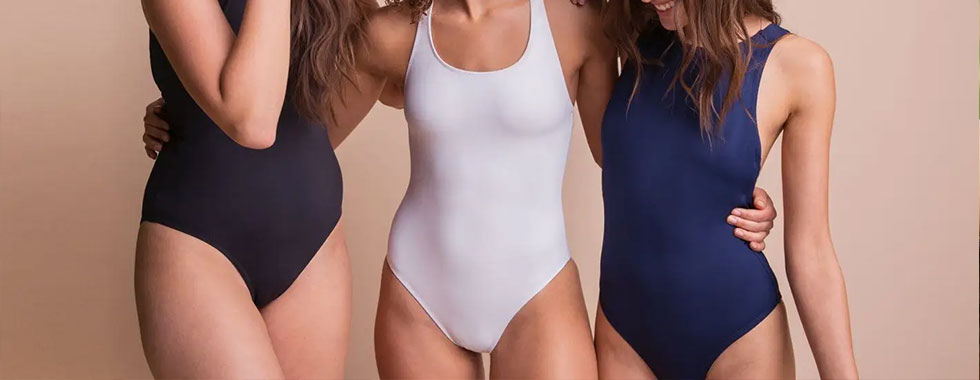
A good clothing line catches the full attention of the target consumer in just one sight, and we can't argue about it more. When it's about choosing the right fabric for your next clothing line you must try to analyze every facet of your clothing line idea. You must think about the factors like quantity, quality, production time, designing requirements and more. Here are some of them listed.
Let's get started
-
The right type of fabric
Always be accurate and attentive to it. The right type of fabric is critically important for you, and you should be able to make a better decision about what could be the best type of fabric for you by determining what type of clothing line you will sell in the market. For example, suppose your primary purpose is to target customers for beach clothing only. In that case, bikini material like polyester might be a good option for you, as it also allows perfect tanning over your body.
There are different clothing lines for other wearing occasions or different activities, so it's critically important for you to choose your fabric with extreme care.
-
Quality of fabric
The fabric quality is also an important measure that can make a huge difference. According to a survey, more than 50% of people check the fabric's quality when purchasing swimwear fabric. Moreover, here is a secret tip: you increase your sales; darker color fabrics create a slimming effect over your body.
Also, check if the fabric you choose has stretchable and durable features to ensure long-term use.
-
Shine
Some brands don't know this but shine is an important factor that consumers find in their clothes to stand unique from others. The swimsuits come in either a shiny or matte finish. Both of these fabrics create a top high class fabric that provides nice drape when needed and a perfect fit over your body.
The shiner fabrics are a little more difficult to sew as they are more likely to slip than matte fabric. So, in the beginning, the flat material is a better and more efficient product to handle if you start a new clothing line.
-
Print
Creating your own custom clothing line is responsible process that requires critical thinking and good decision making skills. Deciding the printing design and picking up a fabric for your clothing line is one of the decision that you must take a carefully. Do your research on different type of fabrics and which clothing fabrics looks good with which printing, and look out all the factors you are expecting. By brainstorming the idea and analyzing all the factors you can have an idea about what's better for you and what's not.
-
Size
The size is one of the most complex things to consider, as its innerwear and different people have different body types and sizes. So you need to consider the size factor too. A clothing line that doesn't appear as expected ruins the whole plan. The oversized clothing line is another fashion in the industry that you can follow if you come across any situation like this
Above are some critical factors you must consider to mark your custom clothing line safe from hassles and mishaps.
Other Fabrics That You Can Use For Swimwear Manufacturing
The swimming clothes are not just for swimming but also tons of activities you do at the poolside, like playing volleyball, sunbathing, playing football, chilling, bodybuilding, and more. So you must take these points under consideration as well when choosing a fabric clothing line. Here are some of the alternate fabrics that you can choose.
-
Scuba fabrics
As for my name, you already know what the fabric is about. The scuba fabric is a dedicated double-knit fabric that offers tremendous stretch. Although this fabric doesn't have the inner layer of foam, it feels great to wear one.
-
Neoprene
Another fabric that is quite handy and majorly used for manufacturing wetsuits and similar swimsuits. This fabric provides an inner layer of insulting foam that keeps the swimmer's body comfortable and warm in deep waters. This kind is majorly in demand in the winter season.
Fabrics to not use for the manufacturing of the swimwear clothing line
Not all types of materials are best for the swimwear clothing line, and there are specific clothing fabrics that will not get the job done precisely with the best quality. So it's always recommended not to use these fabrics in your clothing line.
The fabrics like wool and cotton, which are pretty popular in the T-shirt and other attire clothing lines, are not good players in swimwear clothing line manufacturing. These fabrics have a high water-soaking ability, making the dress heavier, bulky, and difficult to wear. And when you get out of the water, these fabrics will cling to your body, making every part of your body part visible, and that's something no one wants.
Moreover, cotton and wool clothes are reactive to chlorine and other chemicals used in pool cleansing. So it's another major drawback of these fabrics, which is why you shouldn't use them in your swimwear clothing line.
-
Wrap up
We are also one of the most considerable manufacturers as an underwear manufacturers. We have been making swimwear, bathing, lingerie and underwear lines for several brands for years now, making us one of the top and leading clothing manufacturers in the market now. So you are welcome to reach out to us and share your innovative brand ideas with us or just simple ideas. We are sure that we will reshape your product idea into something unique and new so that it gets sold quickly among your brand market.
